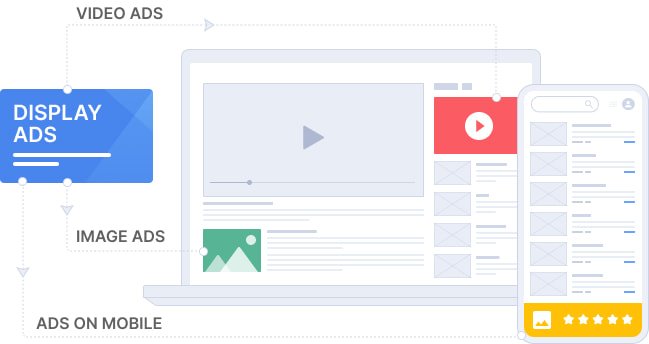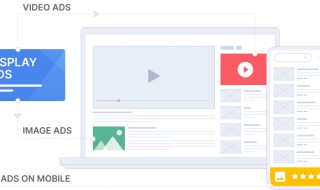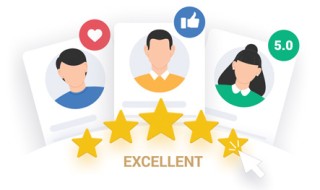 Advertising in the digital era is as much about psychology as it is about content. Display ads are omnipresent, yet the variance in user interaction is profound. Ever wondered why some users are quick to click while others completely ignore your ads? Let's delve deep into the underlying psychology and factors influencing these behaviors.
Advertising in the digital era is as much about psychology as it is about content. Display ads are omnipresent, yet the variance in user interaction is profound. Ever wondered why some users are quick to click while others completely ignore your ads? Let's delve deep into the underlying psychology and factors influencing these behaviors.
The Great Debate: Do People Actually Click on Display Ads?
While there's skepticism around the efficacy of display ads, the data says otherwise. According to a study, the average click-through rate (CTR) for display ads is around 0.05%. While this might seem low, considering the billions of impressions served daily, it accumulates to a significant number of clicks.
"I've seen tremendous success with display ads in the B2B sector, especially when they're targeted appropriately," says Daniel Rodriguez, a digital marketing expert. But what about the vast majority who aren't clicking?
Why Are People Not Clicking On My Ads?
Several factors come into play:
- Relevance: Users are more likely to click on ads they find relevant. Customized and targeted ads based on user behavior and preferences have higher CTRs.
- Ad Fatigue: Displaying the same ad repeatedly can cause users to become 'blind' to it. Fresh content and periodic changes can renew interest.
- Placement: Ads positioned in low attention zones of a webpage are less likely to be noticed.
Who is More Likely to Click on Ads?
According to another study, millennials, especially those in the age group of 25-34, show the highest engagement with display ads. The blend of their digital nativeness and purchasing power makes them a prime audience.
Jane Park, a psychology professor, comments, "Younger demographics grew up in a digital ad ecosystem. They've developed a nuanced way of discerning relevant ads from the noise."
Unraveling the Psychological Factors in Advertisement
- Attention: Bright colors, compelling visuals, and catchy headlines grab attention. It's the first step to get a user to notice your ad.
- Emotion: Ads that evoke strong emotions – whether positive or negative – tend to be more memorable and shareable.
- Trustworthiness: Testimonials and endorsements from familiar figures can boost credibility.
- Call to Action: A clear and compelling CTA guides users on what to do next.
The 4 Factors That Influence Consumer Behavior
- Cultural Influences: Values, perceptions, and preferences derived from one's family, society, and culture.
- Social Influences: Recommendations from friends, family, and social media circles.
- Personal Factors: Age, lifestyle, occupation, and personal experiences.
- Psychological Influences: Motivation, perception, beliefs, and attitudes.
The 4 Psychological Influences
- Motivation: What drives a person to take action? Is it a need, a desire, or a goal?
- Perception: How individuals process and interpret information around them.
- Learning: Past experiences shape behavior. Users might click if previous ad interactions were positive.
- Memory: Recalling past experiences with a brand can influence current behavior.
Why Do Some People Not Click?
Beyond the reasons stated above, some users might employ ad blockers, have security concerns, or simply prefer to search for the product or service on their own.
The Secret Sauce: What Makes People Want to Click on an Ad?
A combination of relatability, urgency, and curiosity can be compelling. An ad that tells a story, provides a limited-time offer or introduces something novel and interesting has a higher chance of being clicked.
In conclusion, while the art and science of creating the perfect display ad are continually evolving, understanding the underlying psychology can give you an edge. By considering both the intrinsic and extrinsic factors that influence user behavior, advertisers can craft more compelling, clickable ads.
Interested in more insights? Stay tuned for more on the evolving world of digital advertising and the intricacies of consumer behavior!



 Phone Consultation
Phone Consultation
 Request a quote
Request a quote
 Text a Message
Text a Message